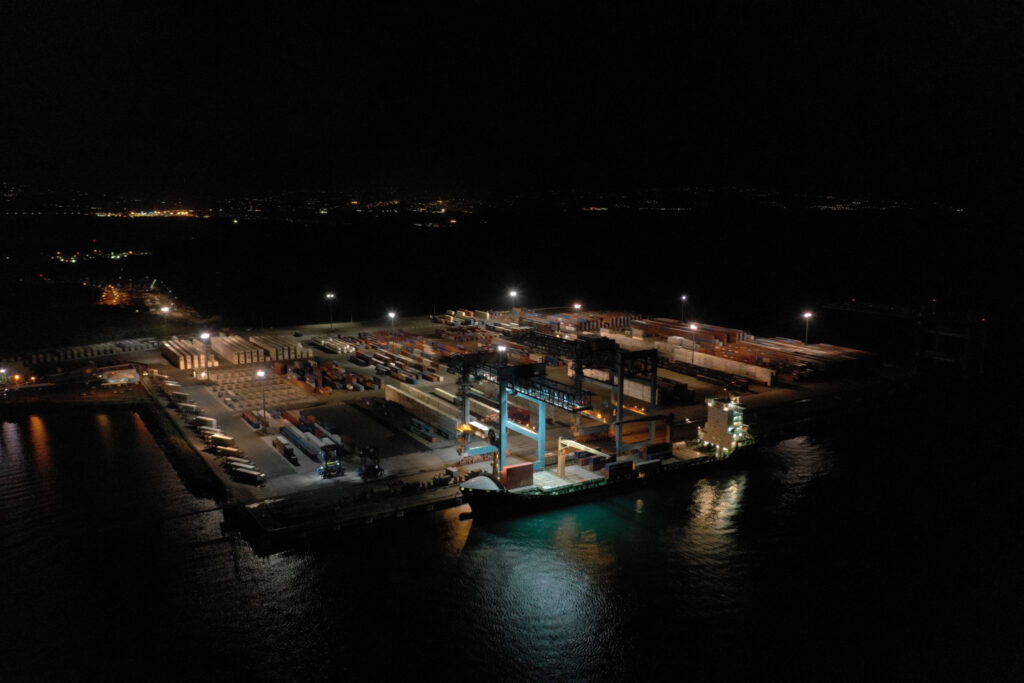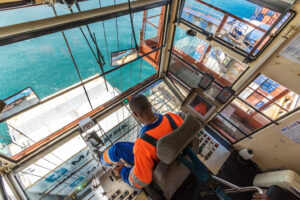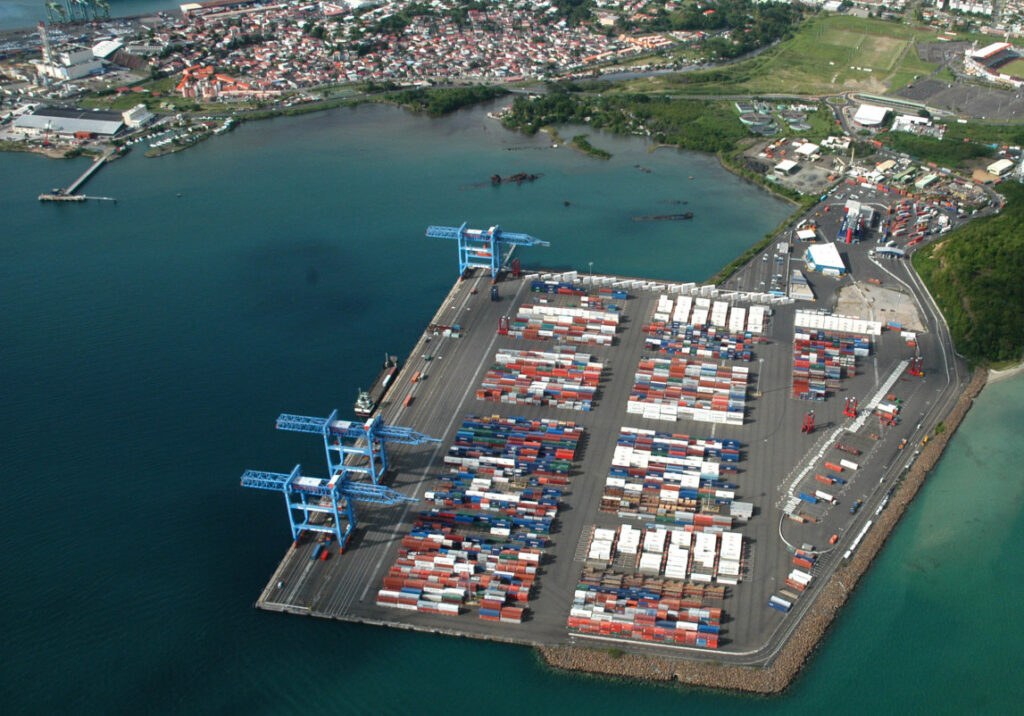MARTINIQUE: Creating a green port in 10 years
2020 April 2:“Towards a green port by 2030” is the theme that the Port of Martinique has adopted in its aggressive programme to reduce the carbon footprint of its operations in the French territory.
The Grand Port Maritime of Martinique (GPMLM), seven years now a ‘national public institution’ (since January 1, 2013) has embarked on a sustainable development journey. The destination? To become a totally green port in 10 years.

The ‘Green Port 2030’ comprises five integrated functions – three components requiring two supportive processes.The five are:
- Adaptation to climate change
- Initiation of the energy transition process
- Protection of biodiversity
- Adapting the port to support these three projects
- Support for local dynamics toward sustainable development
The strategy for implementation will accelerate the commitment of stakeholders to sustainable development and its various issues. It will also transform state-owned business models into sustainable service business models, that are capable of protecting the environment while adding value to local renewable energy resources.
The strategy includes a four-part action plan for adapting to climate change:
- Monitoring of greenhouse gas emissions
- Development of shore power services for ships
- Development of electric mobility services
- Study of vulnerability of port infrastructure to the effects of climate change.
 Emissions
Emissions
In Martinique, the maritime transport sector generates 7% of sulphur dioxide (SO2) emissions; 12% oxides of nitrogen (NOx);* and 10% of PM10 (i.e. fine particles less than 10 micrometres in diameter). The GPLMLM plans to address this reality beginning with a four-year project that starts with an inventory of emission sources in the port area. It will also include a study of regulated pollutants and fine particles and continuous, autonomous monitoring of regulated pollutants (using autonomous micro-stations).
The emissions-monitoring component will be delivered in partnership with Madininair (la qualité de l’air en Martinique) in Fort-de-France.
Shore power

In the second half of 2019, GPMLM did analyses to establish the conditions of competitiveness of shore power for its customers, i.e. cruise ships, ferries and container ships. Initial observations from these studies show that there is interest among cruise and cargo lines, which gives justification for the development of supply of electricity at quayside as a new port service. The GPMLM will therefore be conducting a feasibility study with ship owners (container ships, cruise ships, ferries) to deploy regarding a shore power installation using renewable energies.
Infrastructure vulnerability
The effects of climate change on port infrastructure is considered a key component of Green Port 2030. Long-term planning for sustainable growth demands this. The aim is to assess the vulnerability and resilience of port facilities and their susceptibility to those natural risks worsened or complicated by climate change. This will allow GPMLM to effectively specify priority actions to be undertaken.
Now in the process of establishing an engineering office, the GPMLM is well on its way towards its bold object of creating a green port in 10 years. []
*OXIDES OF NITROGEN: During fuel, combustion nitrogen is released. It combines with oxygen and the result is nitric oxide (NO). When NO combines with oxygen it produces nitrogen dioxide (NO2). NO is not normally hazardous to health but, NO2 can be. Nitric oxide and nitrogen dioxide together are referred to as oxides of nitrogen (NOx). NOx gases react to form smog and acid rain and host the formation of fine particles (PM) and ground level ozone, both of which are directly related to poor health.





